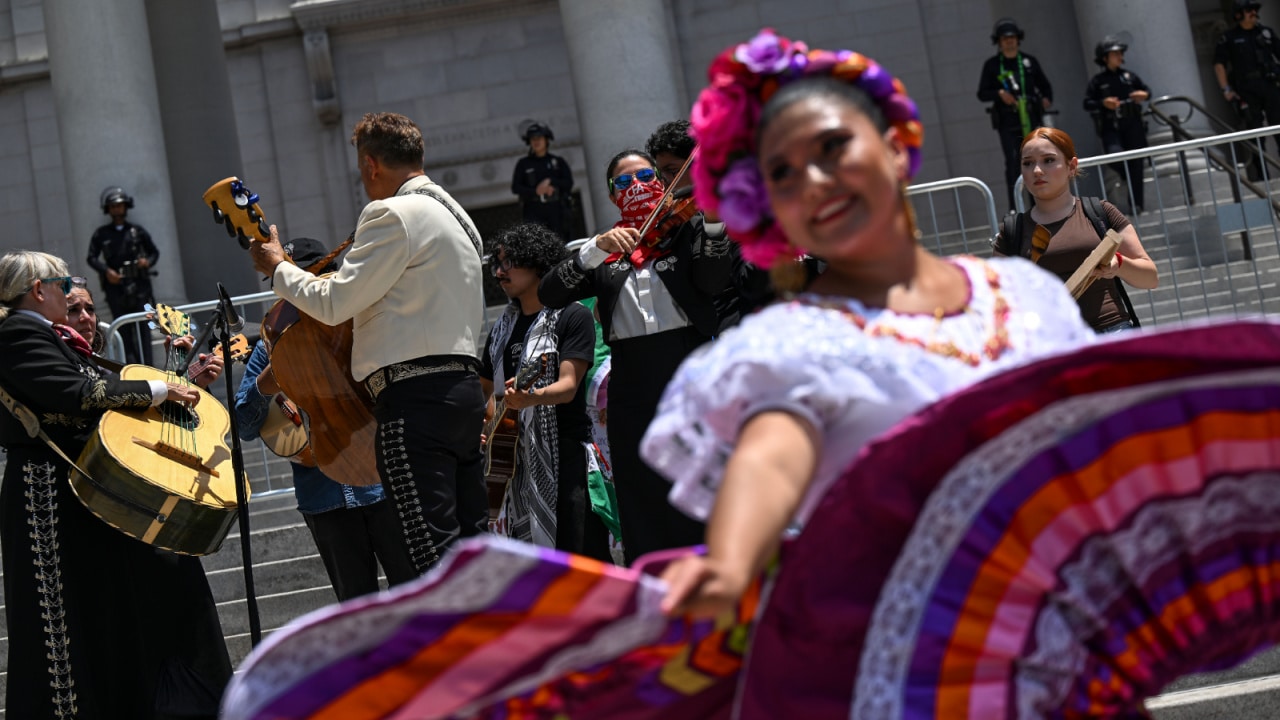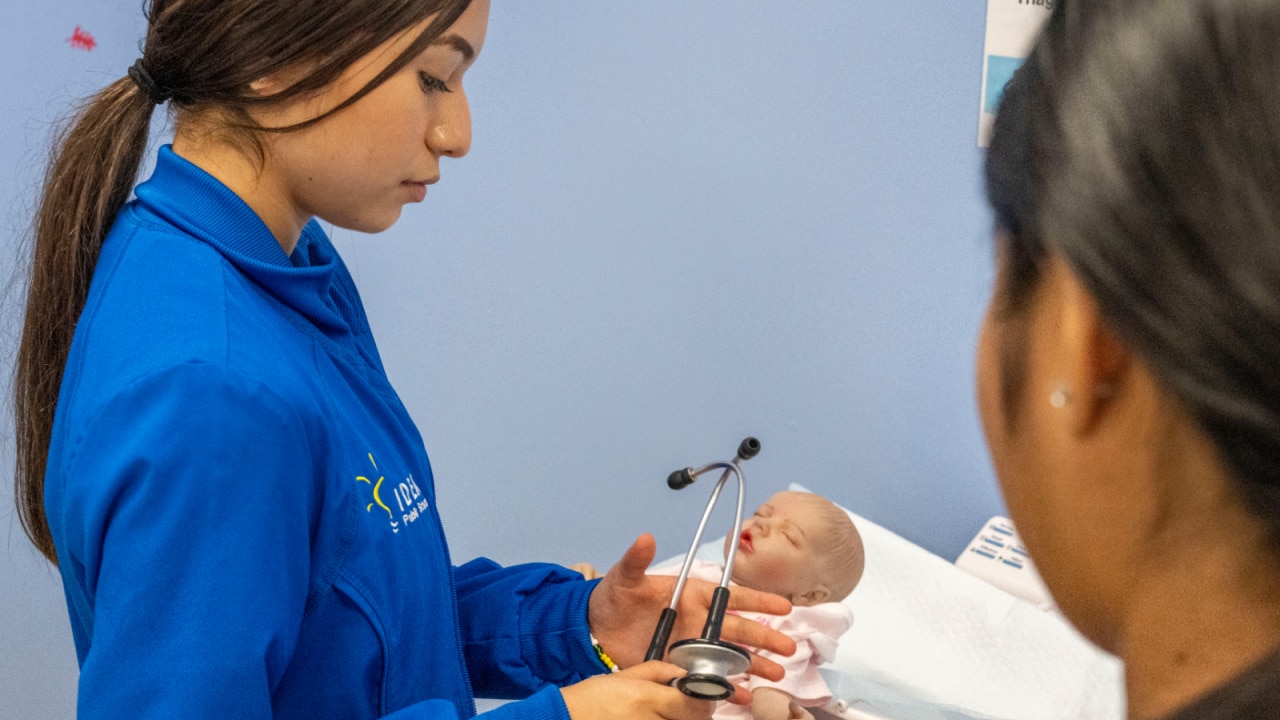Why Are Schools Such a Big Target for Shootings?
Another school shooting. Another wave of outrage. More opinions, more ideas, more thoughts, more prayers. It says something that we no longer fear school shootings — we expect them. The phrase, “it could be so much worse” is commonplace now. As long as shootings remain within a certain threshold of bloodshed, it is somehow a win.
Not only that, the shift in focus from victim to shooter is stark. It seems like the days of mourning the victims while disregarding the attacker are long gone. In fact, it feels so much like the victims are becoming an afterthought as pundits and popular personalities spend more time attaching an agenda onto the shooter.
The attitude seems to continue shifting towards exacerbating the issue than solving it. Advocates continue to protest. The parents and families of the deceased continue to demand accountability. Local officials continue to promise change. But what ends up actually happening is never enough.
To try and combat some of the noise out there about this latest school shooting in Nashville, we want to discuss root causes. Why are the shootings not only continuing but increasing in both frequency and scale? How has the internet contributed to this increase? And who do we turn to for answers?
Bullying is still a major factor in school shootings
This should come as a surprise to nobody, but, yes: bullying is a huge reason why school shootings still happen today. However, bullying is just one aspect of a much larger conversation around access to deadly weapons. Bullying happens everywhere, all over the world, all of the time.
Most kids, however, don’t also have access to assault rifles. Childhood bullying throughout Europe is arguably higher than it is in the United States, but European school shootings are exceedingly rare. So, really, it’s a matter of aftermath. Where does a child turn when they need to report bullying? Who can they talk to?
Although all fifty states have some kind of anti-bullying law, many of them are focused on the aftermath. Basically, there is more consideration put into how to deal with the bully than the victim of that bullying. According to Stop Bullying, only a few states have prevention plans in place.
Furthermore, bullying is often not a juvenile crime nor are there consistent definitions of bullying in legislation across states. Some states group all types of bullying into one action plan while others regard them as separate entities. Long story short, there’s no consistency from state to state, even school to school.
The EU, however, has the European Platform for Investing in Children, or EPIC. Part of EPIC’s mission is to unite member states and create consistent anti-bullying action plans to reduce the effects of bullying throughout Europe. As of now, there are a total of 200 programs dedicated to issues impacting children of all ages.
It’s not just that children in Europe have less access to guns, although that does help. It’s also the result of coordinated attempts to tackle an issue that impacts all communities, big and small. By collaborating across borders to provide a united front, it’s clear that anti-bullying efforts are most effective when standardized.
Kids and guns
However, even with a plan as comprehensive as EPIC’s, there’s still the matter of firearms, to which millions of children have unsupervised access. According to an organization called Sandy Hook Promise, 4.6 million kids have access to loaded, unlocked weapons inside their homes.
In fact, 68% of school shooters get their guns by stealing from friends and family. There’s a reason why gun legislation never makes it far in the United States. We don’t just feel empowered to own guns, we feel entitled to them.
Ironically, the result of gun culture is a profound lack of gun safety. Only six states require potential buyers to take a gun safety class before they can purchase a weapon. Only 21 states require a background check. In a time where every single data point online is reviewed and stored, there is still no national gun registry in the US.
America’s gun culture comes with a flagrant disregard for accountability. And organizations like the NRA spend millions of dollars lobbying against any change to that attitude or the laws that reflect it. Obviously, a flippant attitude towards firearms on a national level is going to teach kids that using guns just isn’t a big deal.
Socioeconomic factors play a role in the prevalence of school shootings
As conversations about income inequality continue to make their way to the forefront, it’s worth considering how economic disparity contributes to gun violence. A 2019 study conducted by BMC Health revealed a correlation between shooters and their socioeconomic status.
Unsurprisingly, those from a lower socioeconomic background had a higher chance of either perpetrating gun violence or being a victim of it. Many high-profile shootings happened in lower to middle-class areas like Uvalde, Texas and Blacksburg, Virginia.
The average individual income in Uvalde is just over $18,000. In Blacksburg, it’s just under $12,000. Parkland has one of the higher average individual incomes at roughly $66,000. However, cities and states with a higher prevalence of shootings, inside schools and otherwise, tend to have higher populations of low-income families.
Prevention
Treating root causes is a necessary step towards reducing and hopefully eliminating school shootings in the United States. Ultimately, however, one thing we can do right now is to try our best to see the signs. Going back to Sandy Hook Promise, these are the ten best traits to look for in a potential school shooter:
- Sudden withdrawal from social life, hobbies, and activities
- Bullying, either as a victim or perpetrator
- Irritability or an overall lack of patience
- Continued social isolation
- Thoughts of self-harm or of harming others
- Direct threats
- Discussing guns and access to firearms
- Looking for accomplices to a potential attack
- Bragging about a coming attack
- Displaying cruelty toward small animals




